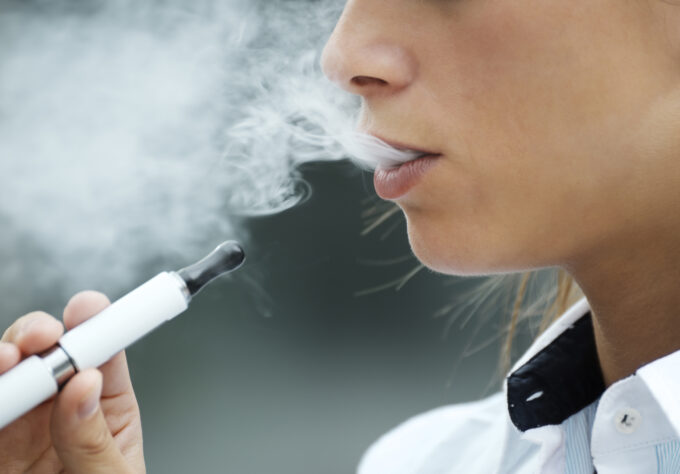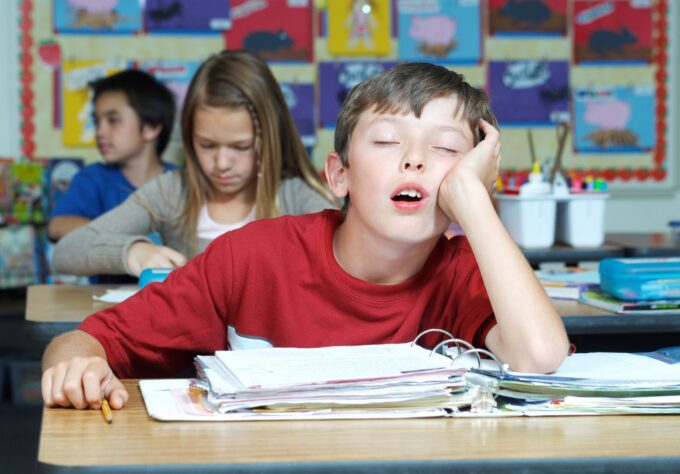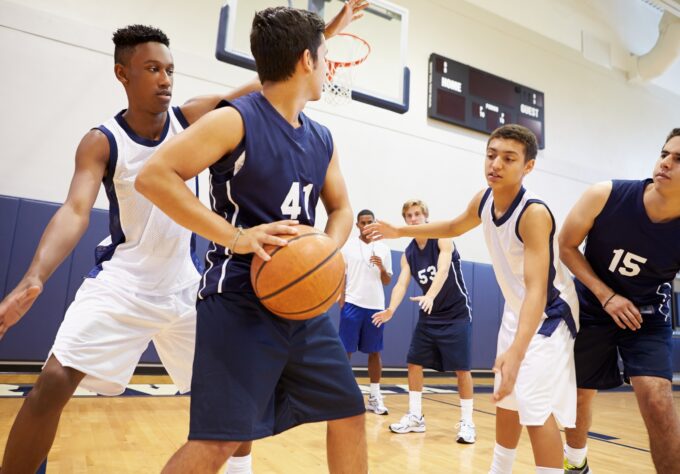Few things can cause a parent’s heart to stand still like having a teenage child complain of chest pain. Unfortunately, it’s a common complaint. According to national data from 2016, people aged 15 to 24 years comprise 14.2% of all emergency room visits and chest pain is one of the top diagnoses. Causes of Chest Pain Many people have experienced chest pain, and a variety of words are used to describe it, ranging from dull to squeezing. There are equally as many causes, the most serious of which usually involve the heart or lungs. Luckily, in teenagers, the most serious are not the most likely. Frequently, the cause of chest pain in teens is chest wall pain. The chest wall includes the skin, fat, muscles, and bones that form a protective structure around the heart, major blood vessels, lungs, and esophagus. The bones in the chest wall include the ribs, sternum (breastbone), […]











